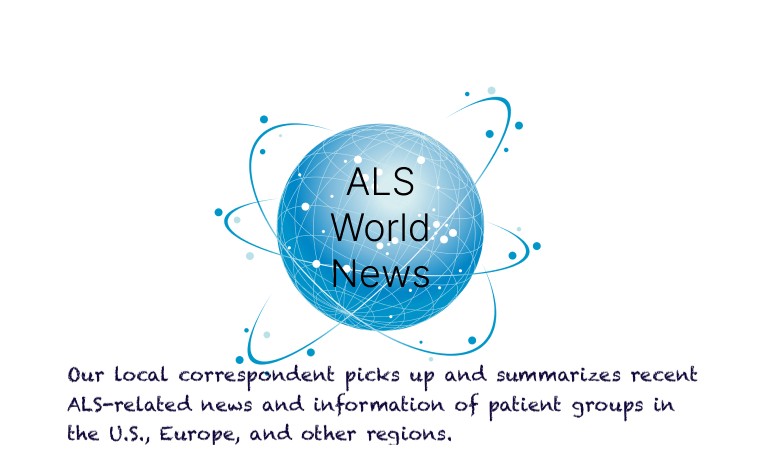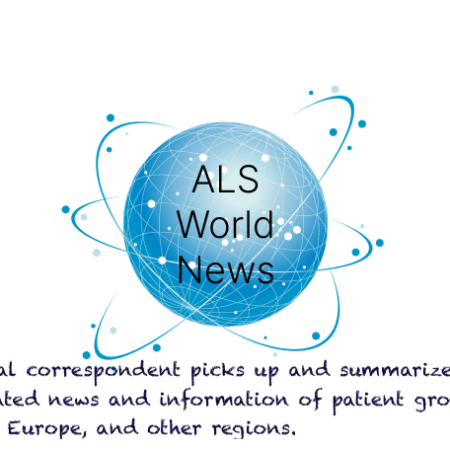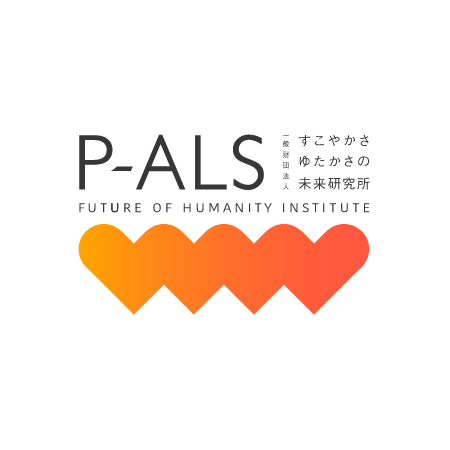Following the previous section on iPS technology, this issue reports on the relationship between iPS technology and ALS.
The Center for iPS cell Research and Application (CiRA) (Note 1) at the Kyoto University iPS Cell Research Institute (CiRA) (Note 2), which was established in 2010 with the mission of “medical application of iPS cells”, has set the following four goals by 2030.
(1) Widespread use of regenerative medicine based on iPS cell stocks.
(2) Realisation of personalised medicine and drug discovery for intractable diseases using iPS cells
(3) Pioneering new life sciences and medicine using iPS cells.
Of these, this report focuses on (1) and (2) in relation to ALS.
(1) Dissemination of regenerative medicine with iPS cell stock as a pillar
For this project, the Kyoto University iPS Cell Research Foundation (hereafter referred to as the iPS Foundation) was established in 2019 by separating some functions from CiRA, received public interest certification from the Japanese Cabinet Office in April 2020 and started activities as a public interest incorporated foundation (Note 2).
The iPS Foundation aims to conduct activities for the practical application of iPS technology, including the provision of iPS cells free of charge or at low cost, advice on intellectual property and technology, and training, in order to link ideas and technologies that have been fully researched at universities and other institutions to their practical application.
Two projects (iPS stock project and my iPS project) are introduced for the provision of iPS cells: the iPS stock project is to produce iPS cells at the iPS Foundation’s facilities, complete various tests and then store only clinical-grade iPS cells. The iPS cell stock is currently being used to reduce the risk of rejection at the time of transplantation by using HLA homozygotes, a combination of healthy volunteers who are less prone to immune rejection, and HLA homozygotes, a combination of healthy volunteers who are less prone to rejection at the time of transplantation. As of April 2023, 14 clinical studies and trials have been reported (as of April 2023) in which iPS cell stocks were applied, including retinal pigment epithelial failure, retinitis pigmentosa, Parkinson’s disease, ischemic cardiomyopathy, subacute spinal cord injury and knee cartilage injury (see Note 2). 14 results have been reported (Note 4).
Disease-specific human iPS cells are also stocked, and six human iPS stocks derived from ALS patients are listed, all derived from patients with TDP-43 mutations (Note 5). In addition, CiRA reported the successful generation of ALS model pigs (Note 6). This is based on the introduction of the mutant human SOD1 gene, one of the ALS-causing genes, into pigs: in the cranial nerves of patients with SOD1 gene-related ALS, the mutant SOD1 protein accumulates as misfolded SOD1 with an abnormal folded structure, which is known to lead to strong neuronal cytotoxicity. In a pig model of ALS, accumulation of misfolded SOD1 and axonal degeneration were observed in the spinal cord and nerve roots (small nerves branching from the spinal cord to the left and right), confirming anatomical characteristics similar to those in humans. Animal models with anatomical characteristics closer to humans, such as body size and structure, can contribute to preclinical studies of gene and cell therapies and are expected to lead to their development.
The my iPS project, which was introduced in the previous Technology section, is a joint development by the iPS Foundation and Canon Inc. to put into practical use technology to automatically produce iPS cells for medical use from the patient’s own blood, with the aim of commercialising the technology in 2025 and reducing the current cost of producing iPS cells from 40 million yen per person to 1 million yen.
(2) Realisation of personalised medicine and drug discovery for intractable diseases using iPS cells
CiRA is engaged in research to develop new medicines by reproducing disease mechanisms using such patient-derived cells. A specific example of drug discovery is the development of Ropinirole, as reported on this website in November last year (Note 7). This was conducted by a group led by Professor Eiyuki Okano of the Department of Physiology, Faculty of Medicine, Keio University, who generated iPS cells from blood cells taken from ALS patients, differentiated and induced spinal motor neurons, and used them to develop a new drug for ALS from the 1,232 drugs approved in the US, Ropinirole (Note 8) was selected as a potential drug for ALS from 1,232 drugs approved in the US, and its efficacy has been confirmed in an investigator-initiated clinical trial (Phase I/IIa study). In parallel with this study, iPS cells → motor neurons were created from all patients and the effects of Ropinirole were investigated. It was found that the motor neurons of the patients were sickly and weak compared to those of healthy humans, and that they became healthy after administration of Ropinirole. Furthermore, it was found that patients whose motor neurons made from iPS cells were more effective with Ropinirole were also more effective in clinical trials. These findings indicate that cells produced from iPS cells reflect the condition of ALS patients well and may serve as a marker for predicting the efficacy of the drug (Note 9).
- Note1: https://www.cira.kyoto-u.ac.jp/
- Note2: https://www.cira-foundation.or.jp/j/
- Note3: Human Leukocyte Antigen. General term for proteins that distinguish between self and non-self in human cells. HLA homozygotes are cells in which the child has inherited the same HLA type from both parents. For example, a human with the A1A1 combination, who inherited the same type A1 from both parents, is considered less likely to be rejected than a human with the A1A2 and A1A3 types. So far, 27 iPS cell lines have been provided with the cooperation of seven people with four different HLA types, and it is thought that the total number of iPS cell lines will cover 40% of the Japanese population. https://www.cira-foundation.or.jp/j/research-institution/ips-stock-project/homozygous.html https://www.cira-foundation.or.jp/j/research-institution/ips-stock-project/genome-edited.html
- Note4: Kyoto University iPS Cell Research Foundation iPS cell stock application results. https://www.cira-foundation.or.jp/j/research-ja/clinical-trial.html;
- Note5: Kyoto University iPS Cell Research Foundation Provision of research materials (to universities and testing and research institutions), disease-specific human iPS cells https://www.cira.kyoto-u.ac.jp/j/research/material_1.html
- Note6: CiRA News and Events 2023.1.12 ‘Creation of a porcine amyotrophic lateral sclerosis model – development of a platform for ALS gene and cell therapy’. https://www.cira.kyoto-u.ac.jp/j/pressrelease/news/230112-130000.html
- Note7: ALS Specialist Information No 2 (2023, 11.29): Development Status of ALS Therapeutics in Japan.
- Note8: Ropinirole was approved for production and marketing by GlaxoSmithKline in October 2006 for the treatment of Parkinson’s disease and was launched in December 2006 (trade name: Requip). It binds to dopamine receptors and acts like dopamine, thereby suppressing the symptoms of Parkinson’s disease. Generic versions are now also available from a number of manufacturers. Tablets, extended-release (CR) tablets and tapes (generic only) are available.
- Note9: Keio University Hospital Medical and Health Information Site KOMPAS “iPS cells are a ‘mirror’ of the human being – Towards overcoming amyotrophic lateral sclerosis (ALS) – Satoru Morimoto, Hideyuki Okano (Department of Physiology)” 2023.11.1 https://kompas.hosp.keio.ac.jp/sp/contents/medical_info/science/202311.html
June 22, 2024 reported by Yuji Hashiguchi




